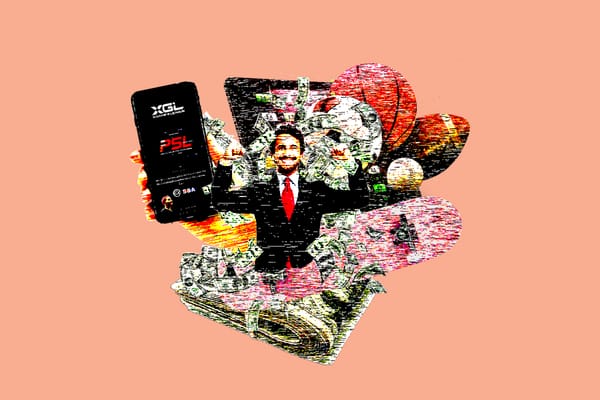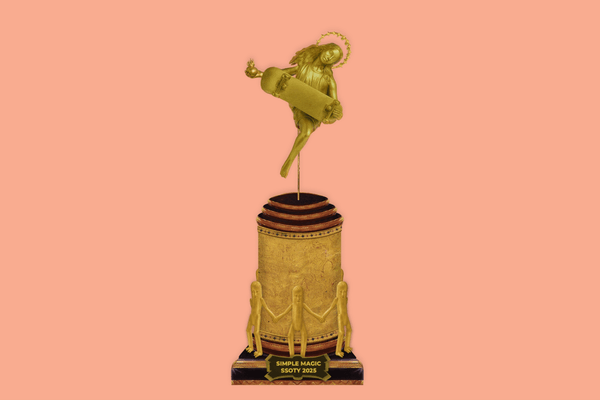Beef! Drama! Shoes!
Stevie flames Koston, a case for freeing Jiro Platt from the tyranny of his Red Bull hat, a Simple Magic book review, Disorder's distress, and more.
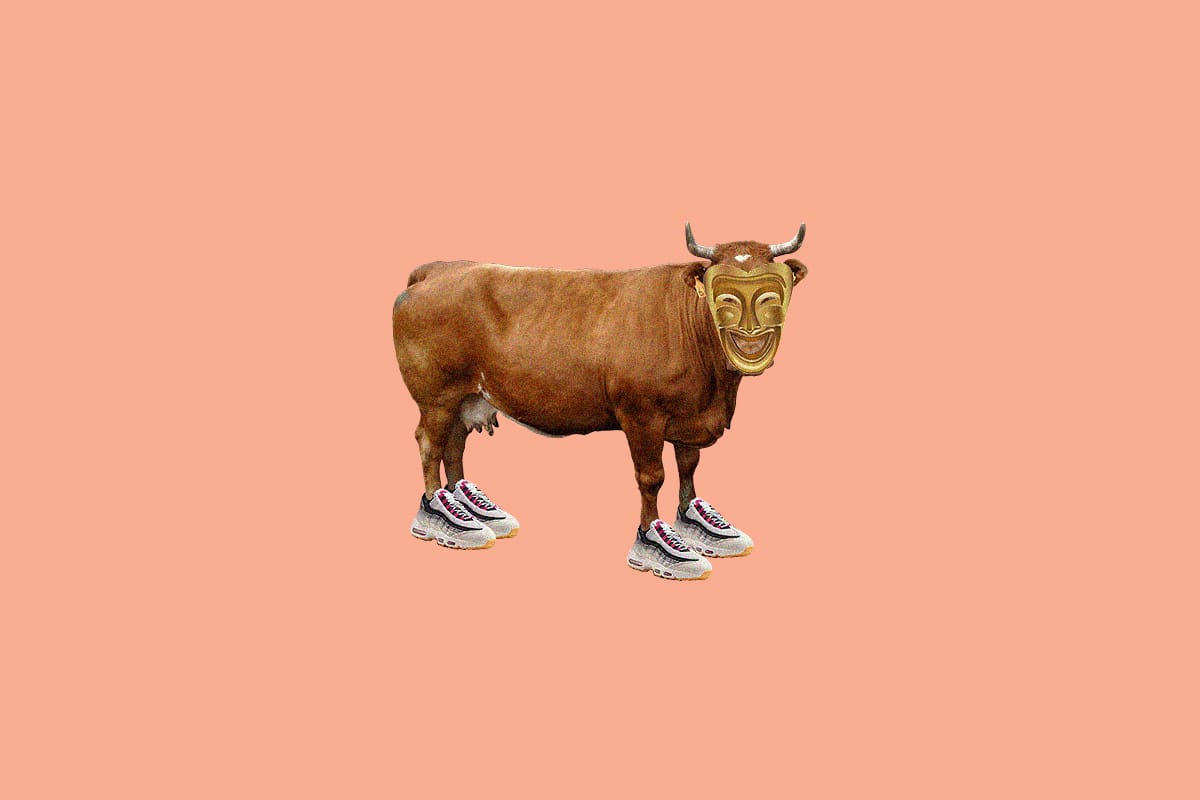
The definitive weekly ranking and analysis of all the skateboarding and other things online that I cannot stop consuming and how it makes me feel, personally.

Does it work?
Rank: ...1?
Mood: 🐂🥺🙏
That's the eternal spectre haunting the art and industry of marketing: Does it work? Amidst the flurry of campaigns, activations, sponsorships, paid and organic ad spend, have you convinced your established and prospective consumer base to consume? In such a fractured media landscape, are you even reaching those audiences, and are they even real? Because it can be hard to tell what's effective and what isn't.
A bump in sales could be a sign of a strong marketing campaign, or it might be due to simple name recognition, or even luck. Many try to decode the auguries of material desire, glomming onto a viral moment or trend in ways that often become ham-handed and rote. Others continue to refine variations on tried-and-true brand strategies over the course of lifetimes. These approaches are not mutually exclusive.
I once worked as a copywriter for a popular ashleisurewear company and was tasked with writing social media and web copy for their Black Friday sale. The only parameters were that we couldn't say in direct terms that there was a sale, because the higher-ups believed that anything conveying the message of a "discount" would devalue their premium product — brand strategy.
So I wrote pablum. Meaningless but nice-sounding strings of words that intimated something was happening. Black Friday, Cyber Monday, wink-wink. Were leggings for sale on the cheap? You'd have to go to the website or into a brick-and-mortar to find out — and people did. That Black Friday, we sat in one higher-up's office and watched a live feed of sales numbers. Hundreds of pairs of Socks Per Second. Thousands of Leggings Per Minute. Millions upon millions of dollars. At the time, they were record numbers. The room celebrated, someone popped a bottle of champagne. The cork landed in a miniature Zen garden.
Although we could see the results, we couldn't definitively attribute the success to anything we had done. Our messaging might have very well been shit, but shit is still noticeable. So, the spectre remained: Does it work?
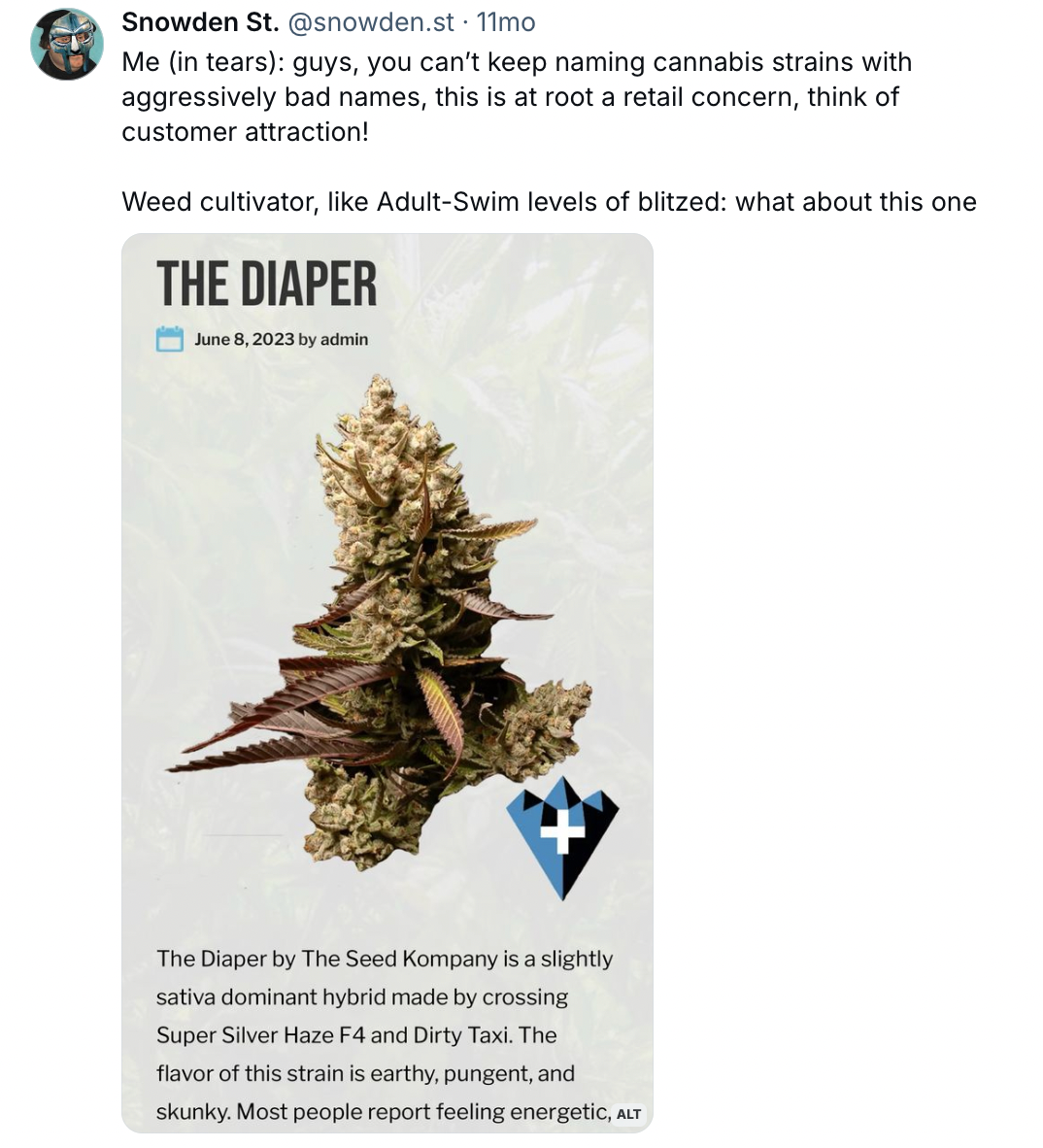
This moment came to mind after watching Jiro Platt's incredible new video project for Habitat Skateboards, uploaded last Friday.
Specifically, does the contractual obligation for Red Bull-sponsored athletes to don the Red Bull cap at all times they are captured on camera actually convince viewers to purchase an energy drink? Red Bull has been sponsoring sports of all kinds for decades; their brand is ubiquitous in everything from F1, to breakdancing, and cliff jumping.
They've also been involved with skateboarding for years, owning the cranial real estate of those like Jamie Foy, Ryan Decenzo, Jagger Eaton, and the aforementioned Platt, whose latest effort is festooned with their logo. One hopes those skaters are fairly compensated for such prominent brand placement, because it is distracting as a viewer and something of a scarlet letter among the core fan base, and seems to operate on the idea that even shit is still noticeable.
A marketing researcher from Madrid who published their bachelor's thesis last year, attempted to gauge the effectiveness of Red Bull's brand-building and marketing strategy through sports. While lacking much in the way of verifiable data, it does touch on a common reality of brand sponsorships as a whole.
...the strength and one of the main factors of the success and effectiveness of the alliance [between brand and athlete] created is storytelling. Through storytelling, sports products breathe life and get perceived how marketers want them to, becoming unique and bringing meaning. As human beings, we tend to put our ideas and beliefs into those meanings, connecting more in that way with the matter, or in this case, product.
I mean, sure. Red Bull floods the zone with storytelling — they have their own television channel! They produce and fund countless events. That all makes perfect sense. What doesn't is the hats. They pull the viewer out of the story, like any obvious product placement in a Hollywood blockbuster does.
So why do all Red Bull athletes and ambassadors need to wear one like significantly less stylish Shriners? Is there data that shows this works? Because this hat has become a joke within the skateboarding industry and among most others the energy drink brand puts its trademarked stamp on. Just this week, WKND Skateboards had Foy poke fun at himself and his most prominent sponsor in a commercial promoting a new collaboration.
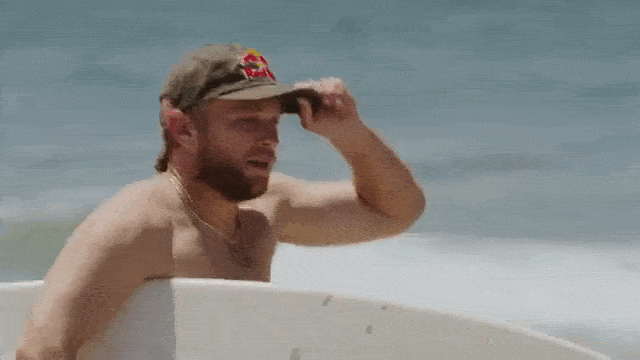
It's accepted knowledge, presumably by Red Bull itself, that the obligation to wear their hat is wack, yet it persists. Ultimately, what I'm trying to advocate for here is a more humane future for skateboarders like Platt, where the video parts they work so hard to film aren't gruesomely marred by commercialization. A Red Bull sticker on the underside of a board should be enough. Show mercy, Red Bull. At the very least, consider it.

Beef! Drama! Shoes!
Rank: 95
Mood: 🍔🎭👟
Not since the heady, petty days of November 2024 has shoe-related drama gripped the skateboarding world with such fervour. It all came to a head on Monday, following the launch of the Nike SB Air Max 95 marketing campaign last week.
The narrative in the above ad spot focuses on Nike SB team member Eric Koston, who shares his version of the historical significance of the original Air Max 95 within skateboarding culture. By his account, the first person he saw skate in them was Kareem Campbell. The commercial also features a few quick clips of Stevie Williams, who is most famous for skating in the shoe; the iconic photo of Williams switch-heelflipping in a pair is even included in the Nike spot, but we do not hear from him or Kareem.
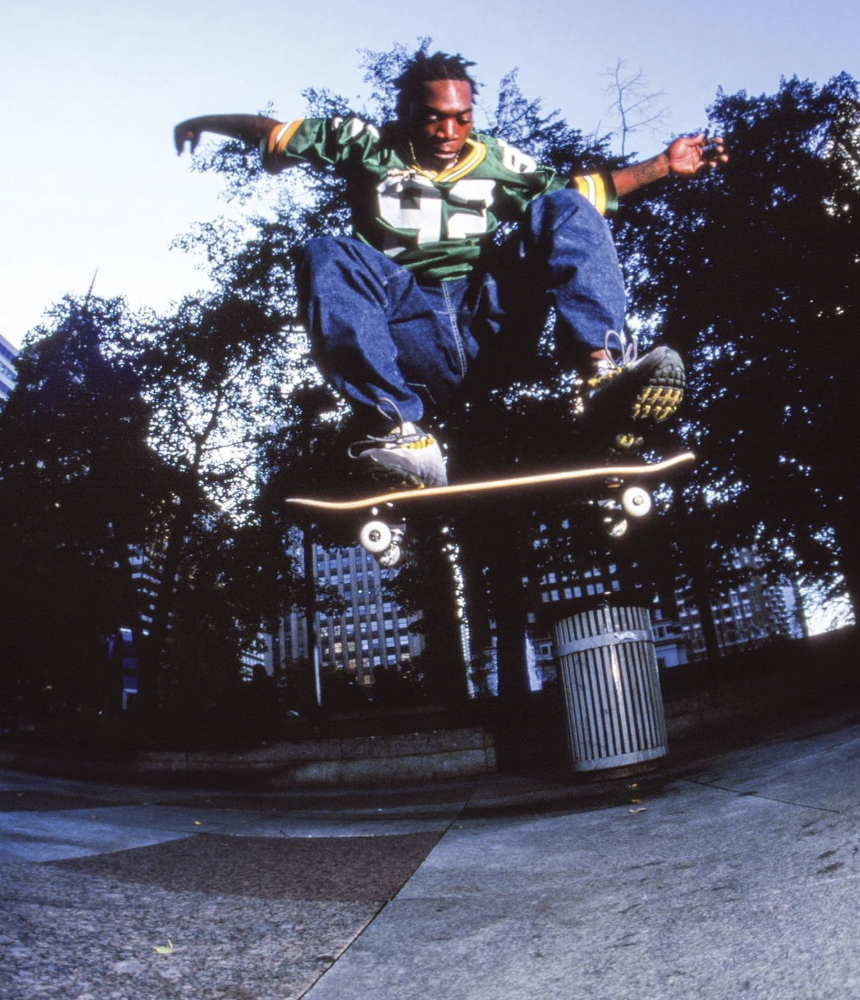
But trouble really started when the tagline for the campaign was revealed to be "Run. Skate. Chill," a brazenly obvious reference to Stevie Williams in Transworld's 1999 video The Reason, where he says of skating Love Park, "I think it's kinda fun when the cops come. Like, run, skate, chill. Run, skate, chill. Go to the store. You know what I mean? 'Oh shit, cops coming.' Makes you be on point."
From Williams' perspective, this lack of attribution or personal involvement could understandably be construed as a slight, erasure, or trolling, and he certainly took it as such, firing off a series of lengthy screeds on his Instagram Stories.
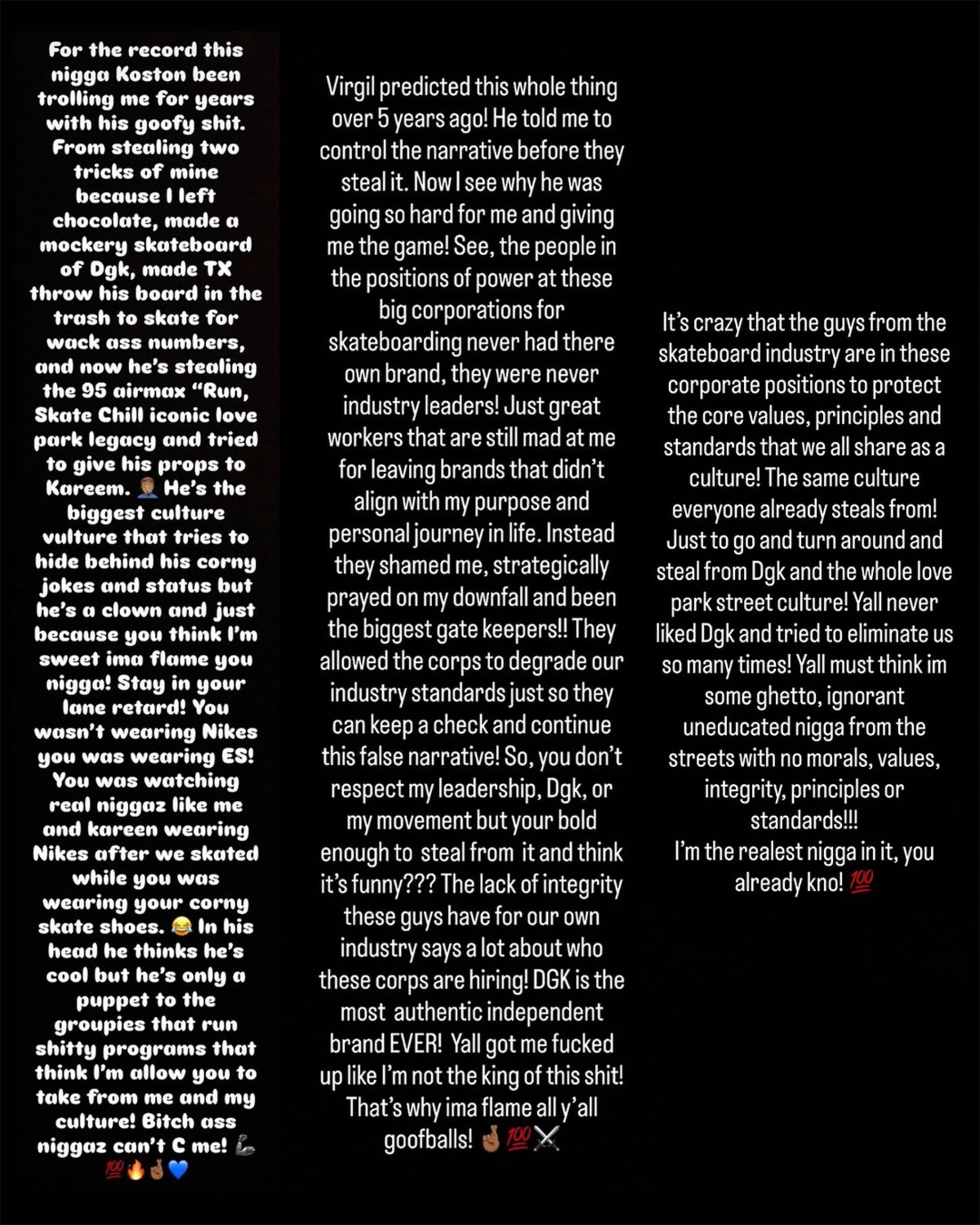
Following his "flaming" of the offending "goofballs" in Koston and Nike, Williams gave an interview to Matt Welty at Complex, where he went into more detail about his upset.
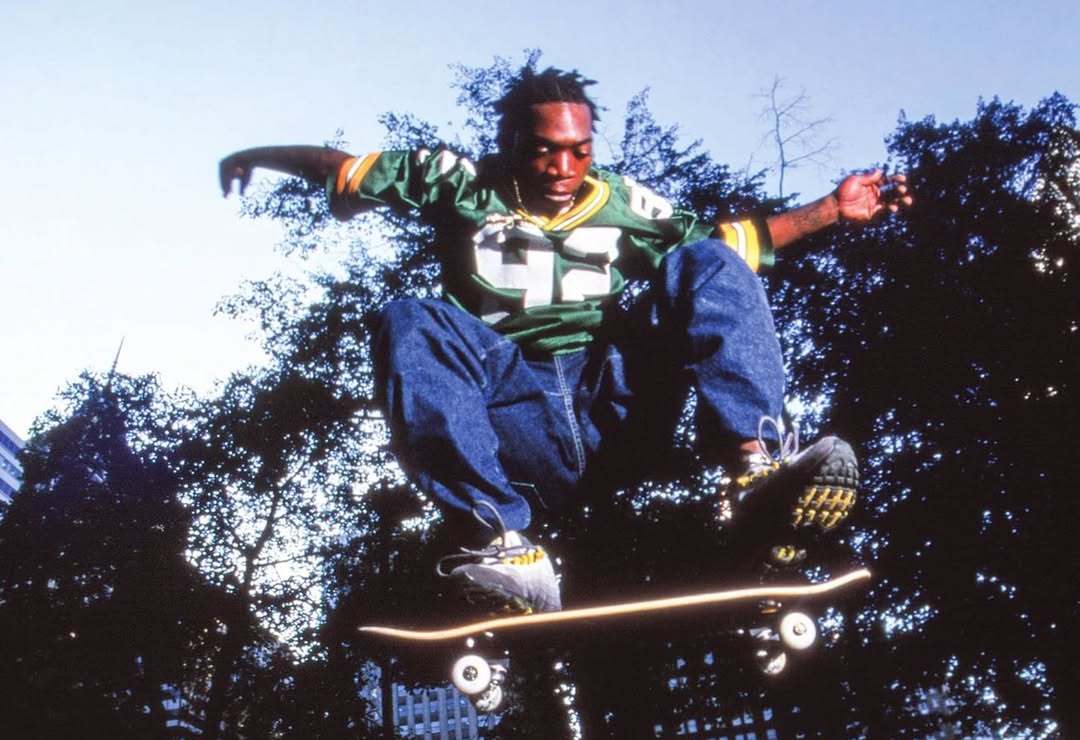
According to Williams, Kelly Bird at Nike SB ran the Koston-centric video past him for approval, which he gave. However, he wasn't privy to the "Run. Skate. Chill." tagline, which anyone with an understanding of skateboarding culture would recognize as a sticking point. Williams says "I'm not mad" three times in the interview with Welty, and that he lambasted Koston and Nike to "protect the culture."
So I just was making a point, and that's it. I'm not mad. I don't even own or trademark the name Run, Skate, Chill. The culture owns that shit. So I'm just kind of the protector of the culture that gets overlooked all the time, and I'm fine with that. I'm fine with that.
Williams also refers to himself in the third person throughout the interview, a dire symptom of entrepreneur brain, but he makes good points.
So it's all about principle. That's it. It's just principles. And at least everybody know where Stevie Williams stands, and I'm over it. I'm not even tripping. It was a good three-day run of me speaking up for the culture, myself, my brand, and then also the future generations of people that may not understand, but don't let your hard work get erased. Because they will fucking try to erase you.
Self-aggrandizing aside, that's true, whether in benign marketing efforts or within our capitalist system as a whole, you can and will be erased in pursuit of profit. That's how it functions, an important thing to acknowledge, even if Williams and Koston are both corny as all hell, man. Because, at the end of the day...
Via éS Footwear


Bad Company:
Private Equity and
the Death of the
American Dream
a brief Simple Magic book review
The great burden of our information age, one that has likely contributed unquantifiable damage to our slow-moving mammalian brains, is the information itself. Unfettered access to endless knowledge — its quality and provenance always varying — from the convenience of a device in our pockets is a modern wonder, yes, but the more you absorb, the more deleterious it becomes.
The effect sneaks up on a person. You wake up, look at your phone, make coffee, look at your computer. Go to work, alternate between looking at your phone and computer until the day is done. In that time, you've scrolled social feeds and read or skimmed who knows how many articles — thousands of words digging into or dinging off of your frontal lobe, until suddenly, you're tired, anxious, overloaded.
It's insidious, the way knowing things can do that, especially since we need to know things. Particularly the things that hurt us. Which, as of right now, seems to be a lot of them. Perhaps that's why the far-reaching structural damage wrought by private equity isn't ringing the alarm bells it should; there's so much else to be worried about.
We should be paying attention. In almost every industry imaginable, from sports, entertainment, healthcare, and housing, to even something as niche as the sub-retail industry of skateboarding, private equity — an investment class where firms invest in or acquire companies with private funding, load those companies with debt, and are only beholden to those investors, not the business itself — has gobbled up, spit out, and sold the bones of your faves. By some estimates, private equity controls over 13 trillion in investments across 50,000 businesses globally.
In Bad Company: Private Equity and the Death of the American Dream, Megan Greenwell, who first tangled with private equity herself during her time as the editor-in-chief of Deadspin, gives an outline of how these firms tend to operate, but more importantly, gives us a look into the lives of the people impacted by their predatory practices.
Greenwell follows a former employee of the now-defunct Toys-R-Us, a doctor in rural Wyoming whose hospital has slowly had its services cut and bled by a PE healthcare conglomerate, a journalist in Texas struggling to find employment and a living wage in a field ravaged by outside money, and an organizer in Virginia fighting back against a firm that allowed her apartment complex to fall into harrowing disrepair.
By fleshing out those human stories, the day-to-day struggle of families and persons living with and under this pressure, we gain a fuller picture of this craven plundering, as well as the ways people are standing up to the total assault of this dead-eyed financialization of everything.
Deeply researched, compassionate, sharp, and cautiously hopeful, Greenwell shows how easy it is for the dispassionate arm of private equity to infiltrate communities and entire industries, and suddenly, they're overloaded — likely with debt. We are already inundated with quotidian horrors beamed into our devices at all times, why take on another? This is more than bad news you can use; it's a study of our modern age and the resilience it forges, one worthy of turning off the phone and opening up a book.

Heavy is the head that wears the crown, lol
Rank: ...1?
Mood: 💀👑
"We all have to watch the Disorder vid before going out so we're properly inspired to 'send it,'" I messaged the group chat while making plans to skate last weekend. This tepid joke would elicit an "😑" emoji and nothing else. That was fine. Fair even.
😑 is more or less the popular response, at least in the bubbles I exist in, to Disorder Skateboards, the vanity company of Nyjah Huston. Whether that's due to the fraught public image of Huston himself, a genuinely confusing brand direction (is "Disorder" a commentary on American decline, a celebration of, or some unintelligble third thing?), and horrendous graphics, Disorder has struggled to establish itself as a player in the industry, this despite boasting a roster of some of the more talented skateboarders going.
That general 😑-ishness likely contributed to a muted build-up in advance of Disorder's first full-length video project, Distress, and how, despite an interesting-looking premiere set-up at Race Service in Los Angeles back in April, and the months intervening, there was little hype to be had.
After watching Distress this week, that's a bit surprising, because it is a good video. Or, more accurately, it has all the necessary components of a good video. It may not achieve the emotional or artistic range of a Barking at the Knot, but the skateboarding in it is incredibly high-level, with standout sections from Kwesi Holloway, Becker Dunn, Dominick Walker, Toa Sasaki, a particularly fun ditch-themed Clive Dixon part, and even some clips of a middle-aged Mark Appleyard hucking; and more than anything, it's competently put together, with well-placed b-roll and a soundtrack that gets a bit monotonous at times, but the excessively brooding cold wave does more to establish an aesthetic and brand cohesiveness than anything Disorder has done to date.
That can be attributed to Tim Cisilino, who shared on LinkedIn that he was brought in on short notice to direct and edit the project.
Over the last months, I’ve been directing and editing the first ever Disorder video, "Distress". Coming onto oversee the project at the eleventh hour with just a hard drive of skate clips and shaping that into something to showcase such a talented and close group of friends was one of the most challenging yet amazing opportunities I’ve had, not because the skills weren’t there but because I felt the pressure to make sure every rider’s hard work was highlighted as best as possible. Getting to bring this video to the finishing line was one of greatest accomplishments of my career so far.
Cisilino succeeded at that and should be proud of his work. It's also understandable if this video doesn't resonate; it's weighed down by a brand that remains directionless (and its messaging overwhelmingly anchored by negative language — Disorder, Distress, etc.) and a figurehead who can be charitably described as divisive. Will Distress help elevate Disorder as a brand in the public eye and encourage people to buy their product? Considering that their product still looks like this, unlikely.
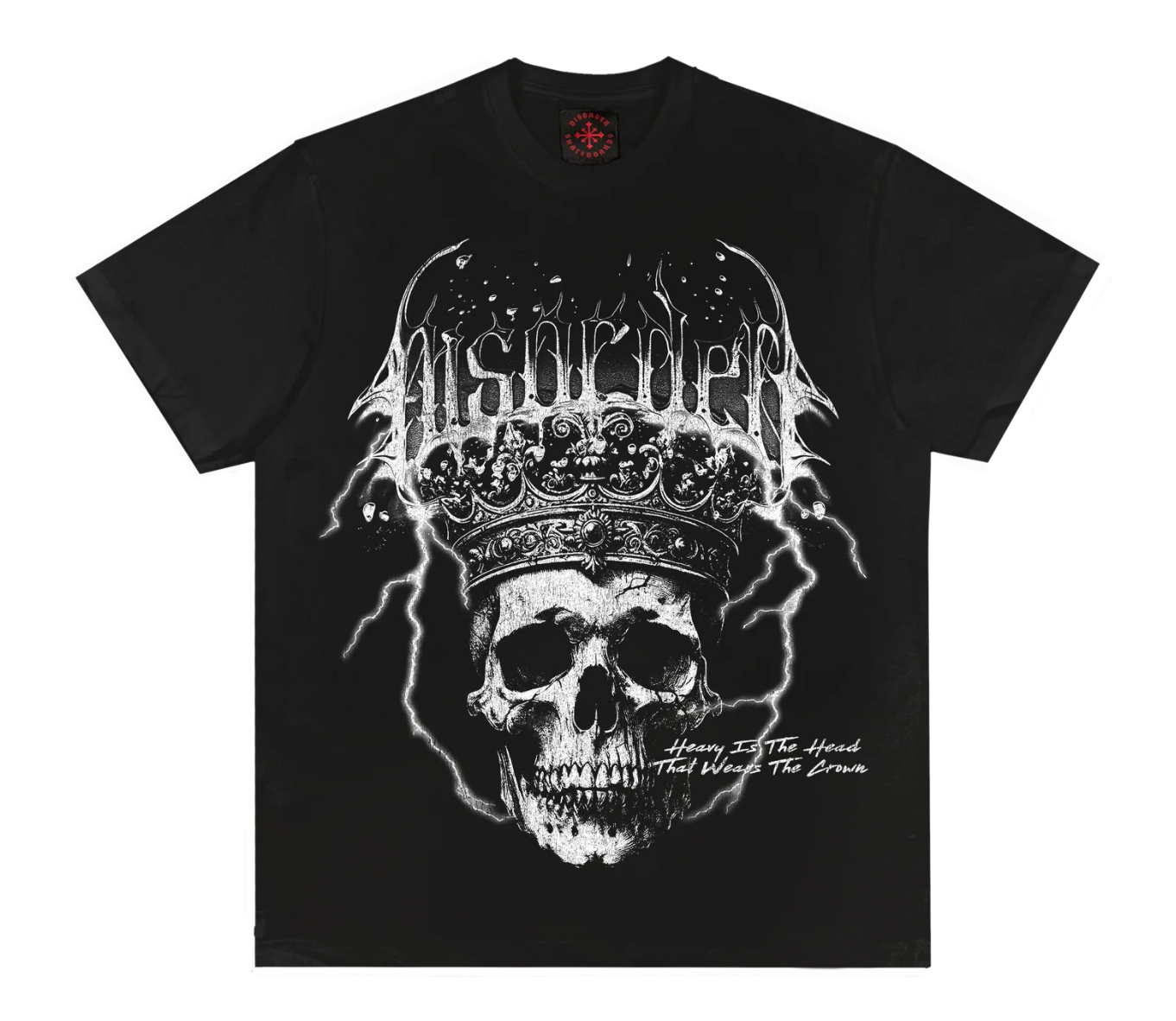

Something to consider:
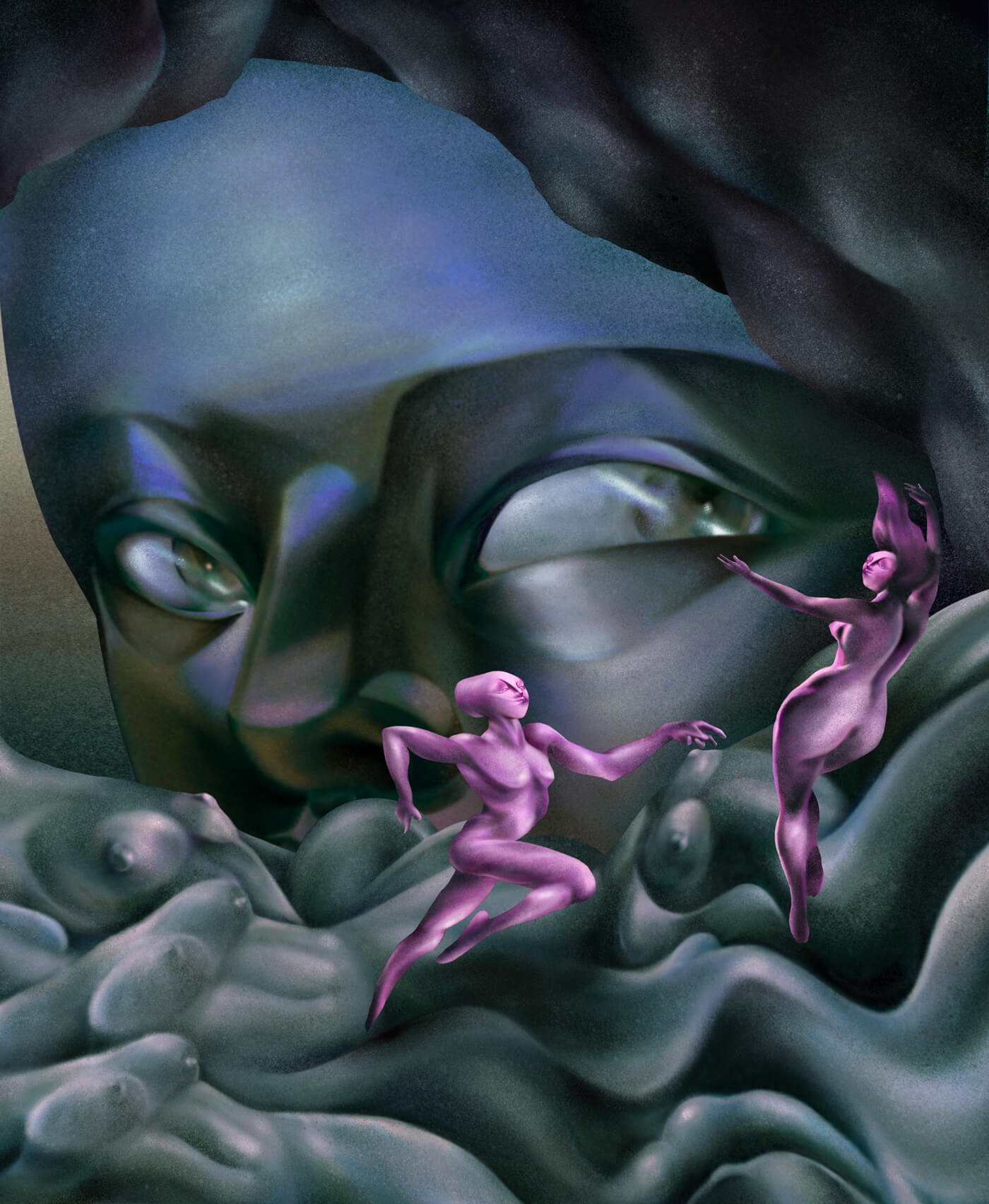
Good thing: Jaime is the best, as is Closer.
Another good thing:
Okay, why not? Another good thing:
Good thing about a bad thing:

Okay, why not? Another good thing about bad things: #SkateTwitter alum, Dr. Olivier Jutel, was the guest on this Thursday's QAA episode.
More good pod things:
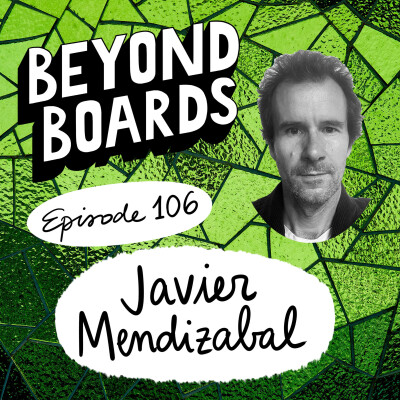

One last good and soothing thing:
Until next week… start to frequent a local cafe, restaurant, or bar. Get familiar with the staff. Ask them how their days are going. There's nothing better than being a regular.


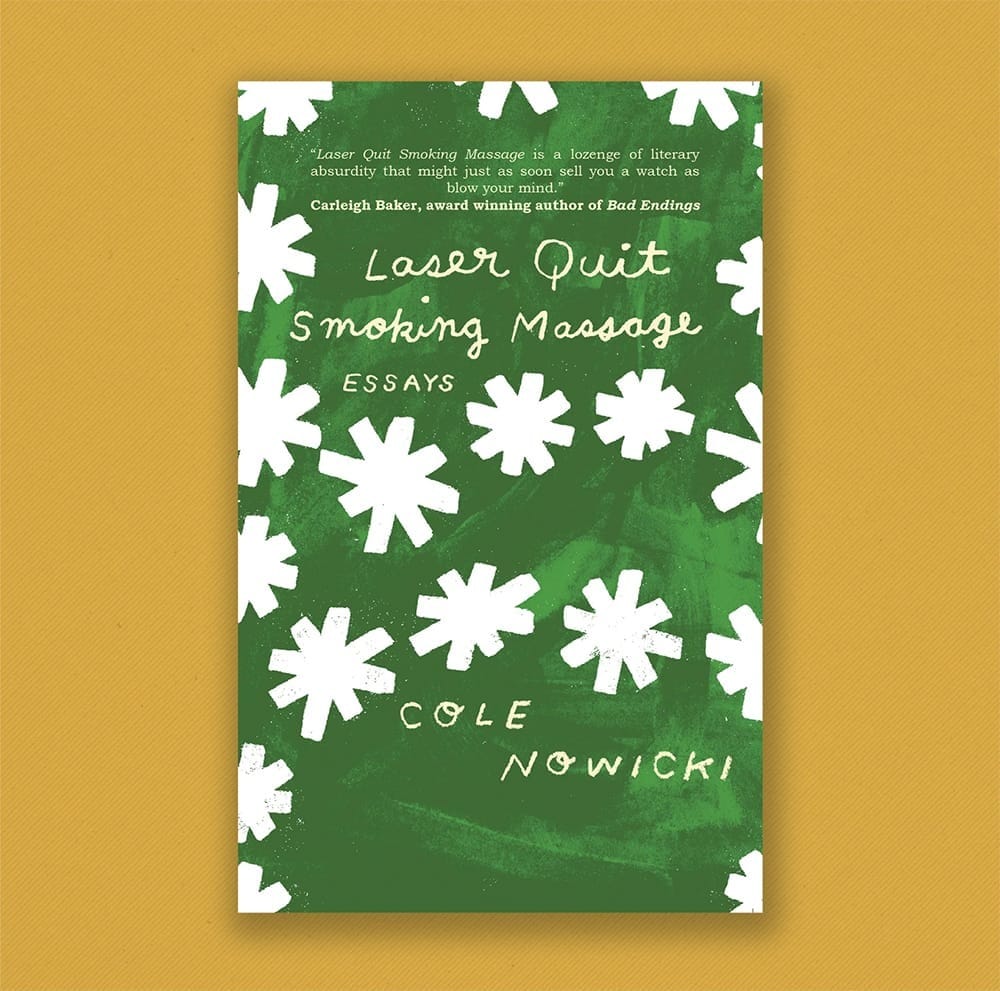
Laser Quit Smoking Massage
NEWEST PRESS
--------------------------------
My new collection of essays is available now. I think you might like it. The Edmonton Journal called it a "local book set to make a mark in 2024." The CBC said it's "quirky yet insightful." lol.
Book cover by Hiller Goodspeed.
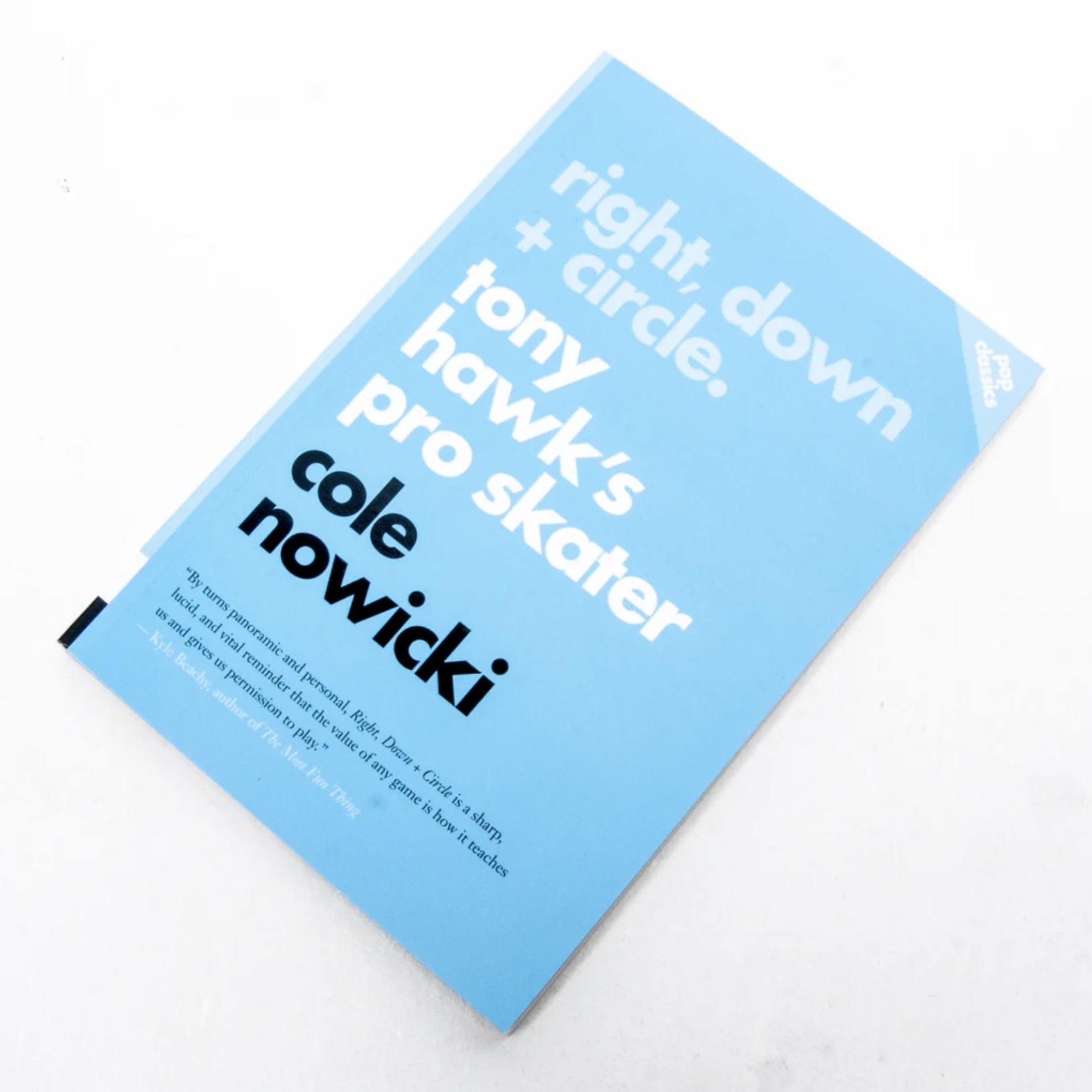
Right, Down + Circle
ECW PRESS
--------------------------------
I wrote a book about the history and cultural impact of Tony Hawk’s Pro Skater that you can find at your local bookshop or order online now. I think you might like this one, too.
Photo via The Palomino.







